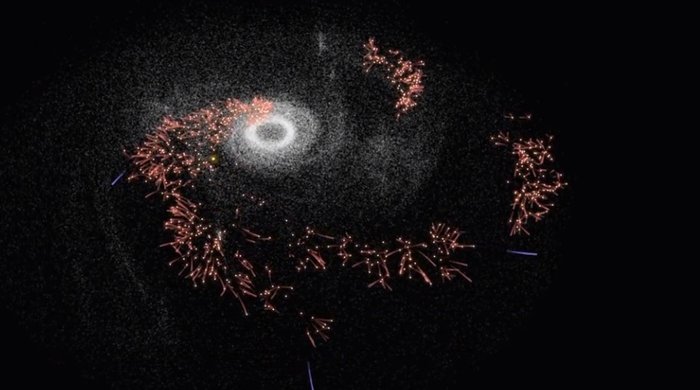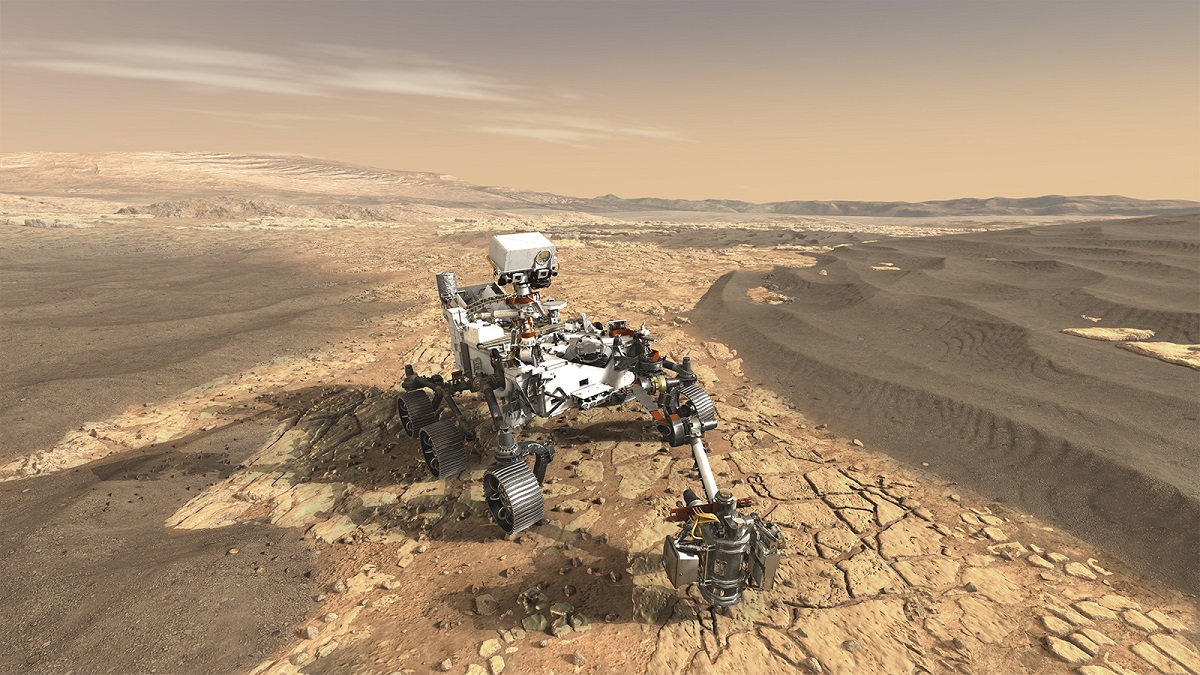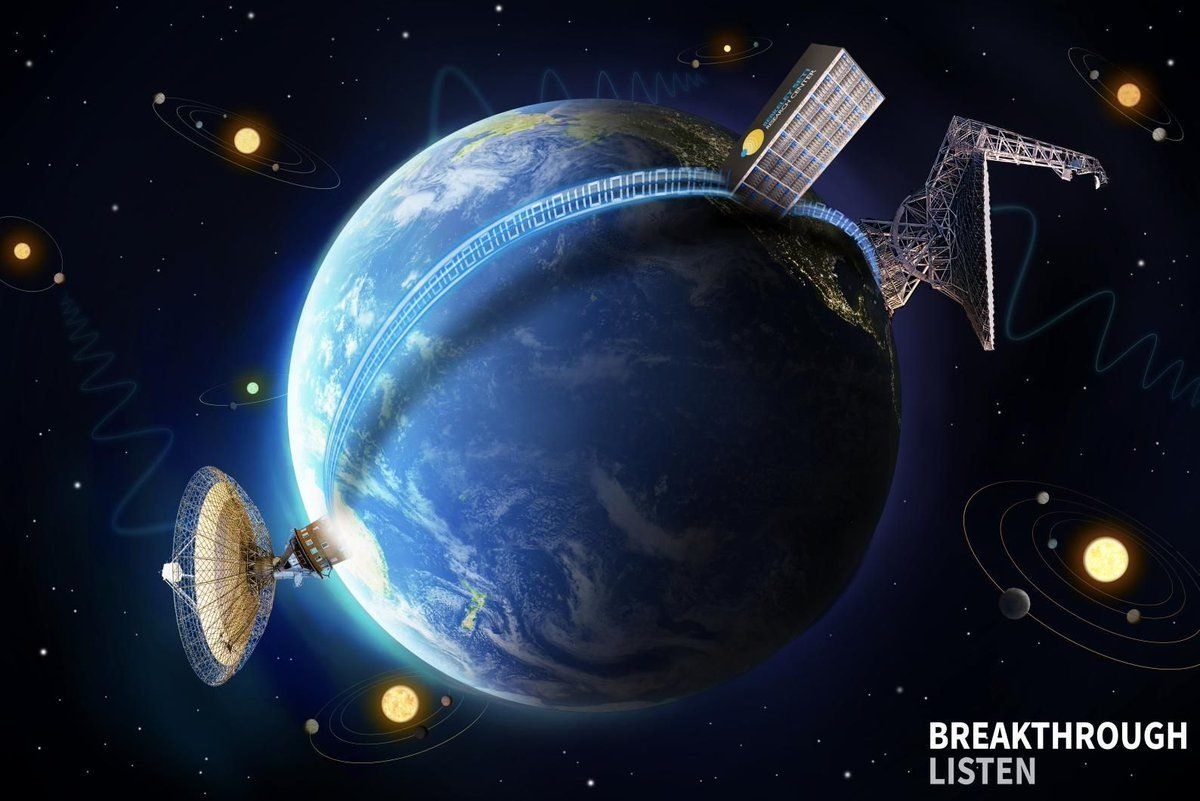The Solar System is a really big place, and it takes forever to travel from world to world with traditional chemical rockets. But one technique, developed back in the 1960s might provide a way to dramatically shorten our travel times: nuclear rockets.
Continue reading “Earth To Mars In 100 Days? The Power Of Nuclear Rockets”Our Complete Guide to the July 2019 Total Solar Eclipse

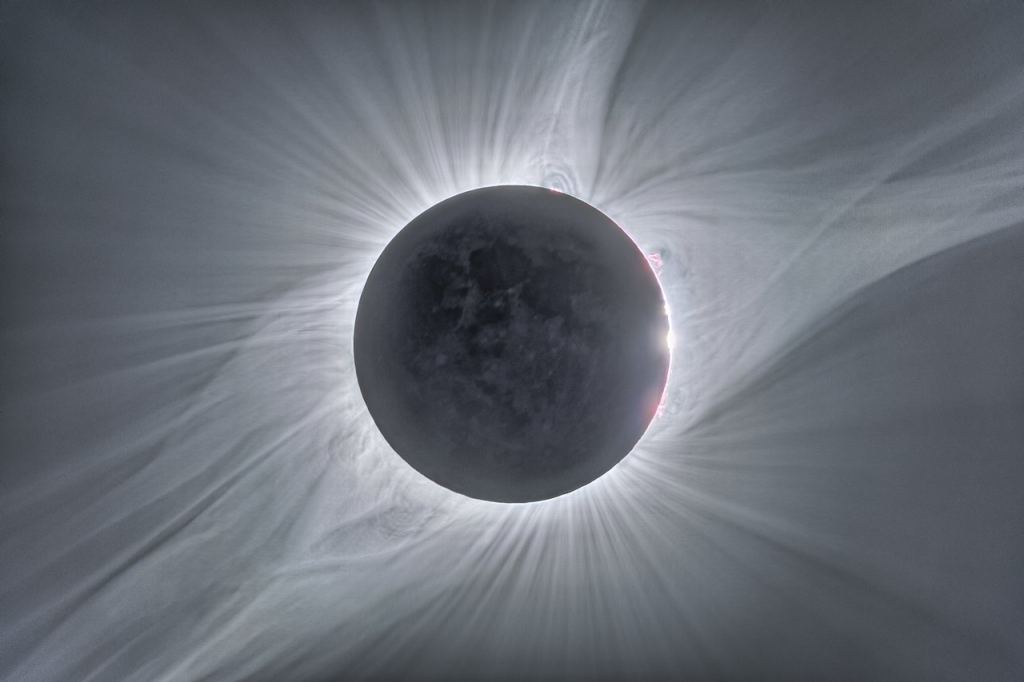
You couldn’t order up a geekier solar eclipse from the cosmos. Next Tuesday on July 2nd, the second of three eclipse seasons begins for 2019, with the only total solar eclipse of the year spanning the southern tip of South America, including the nations of Chile and Argentina. As an extra-special part of the spectacle, however, the path of totality for the eclipse passes right over the La Silla observatory complex in the Atacama Desert.
Continue reading “Our Complete Guide to the July 2019 Total Solar Eclipse”The Most Efficient Way to Explore the Entire Milky Way, Star by Star
It seems like the stuff of dreams, the idea that humanity will one day venture beyond the Solar System and become an interstellar species. Who knows? Given enough time and the right technology (and assuming there’s not some serious competition), we might even be able to colonize the entire Milky Way galaxy someday. And while this seems like a far-off prospect at best, it makes sense to contemplate what a process like this would entail.
That’s what a think tank from the ESA’s Advanced Concepts Team (ACT) managed to do recently. As part of the tenth annual Global Trajectory Optimization Competition (GOTC X), they created a simulation that showed how humanity could optimally colonize the Milky Way. This was in keeping with the competition’s theme of “Settlers of the Galaxy“, which challenged teams to find the most energy-efficient way of settling as many star systems as possible.
Read moreHubble Finds Buckyballs in Space
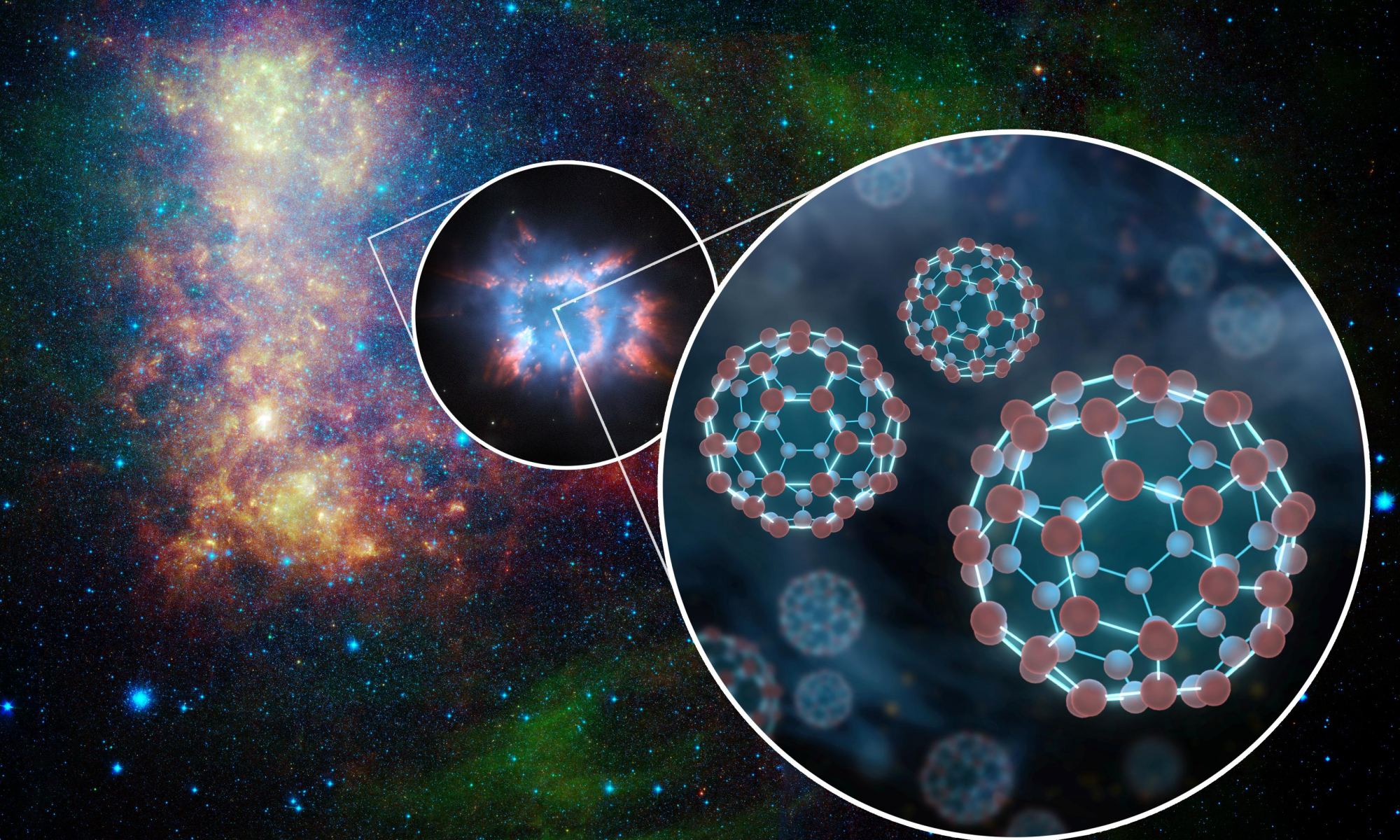
Scientists working with the Hubble Space Telescope have found a very complex molecule out there in space. Called Buckyballs, after renowned thinker Buckminster Fuller, they are a molecular arrangement of 60 carbon atoms (C60) in the rough shape of a soccer ball. Though it’s not the first time these exotic molecules have been spotted in space, it is the first time that Buckyball ions have been found.
Continue reading “Hubble Finds Buckyballs in Space”Of Course Mars 2020 is Going to Get a New Name. NASA is Looking for Judges for an Upcoming Naming Contest
A little over a year from now, NASA’s Mars 2020 rover will launch for Cape Canaveral and begin its journey to the Red Planet. When it arrives, in February 2021, it will begin exploring the Jezero Crater to learn more about Mars’ past and search for evidence of past and present life. But before that happens, this robotic explorer still needs a proper name.
Like its predecessors, Spirit, Opportunity, and Curiosity, the Mars 2020 rover will get its official name with the help of a nationwide contest. Towards this end, NASA recently announced that it has partnered with two organizations to give K-12 students all across the US a chance to name the rover that will continue in the search for life and pave the way for humans to begin exploring Mars.
Continue reading “Of Course Mars 2020 is Going to Get a New Name. NASA is Looking for Judges for an Upcoming Naming Contest”Uranus’ Rings are Surprisingly Bright in Thermal Emissions
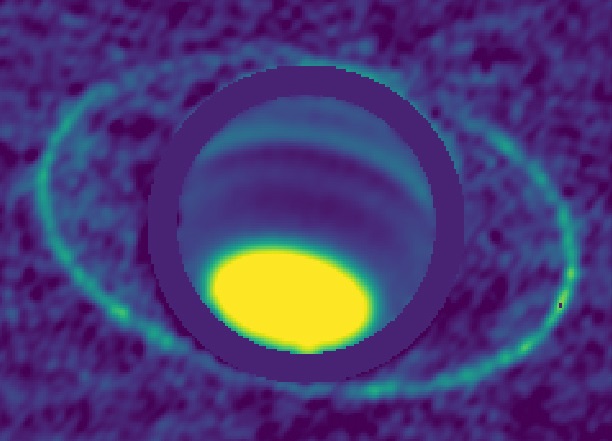
During the late 1970s, scientists made a rather interesting discovery about the gas giants of the Solar System. Thanks to ongoing observations using improved optics, it was revealed that gas giants like Uranus – and not just Saturn – have ring systems about them. The main difference is, these ring systems are not easily visible from a distance using conventional optics and require exceptional timing to see light being reflected off of them.
Another way to study them is to observe their planet in infrared or radio wavelengths. This was recently demonstrated by a team of astronomers who conducted observations of Uranus using the Atacama Large Millimeter/submillimeter Array (ALMA) and the Very Large Telescope (VLT). In addition to obtaining temperature readings from the rings, they confirmed what many scientists have suspected about them for some time.
Continue reading “Uranus’ Rings are Surprisingly Bright in Thermal Emissions”Messier 88 – the NGC 4501 Spiral Galaxy
Welcome back to Messier Monday! Today, we continue in our tribute to our dear friend, Tammy Plotner, by looking at the spiral galaxy known as Messier 88!
During the 18th century, famed French astronomer Charles Messier noticed the presence of several “nebulous objects” while surveying the night sky. Originally mistaking these objects for comets, he began to catalog them so that others would not make the same mistake. Today, the resulting list (known as the Messier Catalog) includes over 100 objects and is one of the most influential catalogs of Deep Space Objects.
One of these objects is the spiral galaxy known as Messier 88 (New General Catalog designation 4501), a spiral galaxy located between 50 and 60 million light-years away in the constellation Coma Berenices. M88 was one of the first celestial objects to be recognized as a spiral galaxy and is one of the brighter galaxies of its kind in the Virgo Cluster.
Deep Space Atomic Clocks Will Help Spacecraft Answer, with Incredible Precision, if They’re There Yet
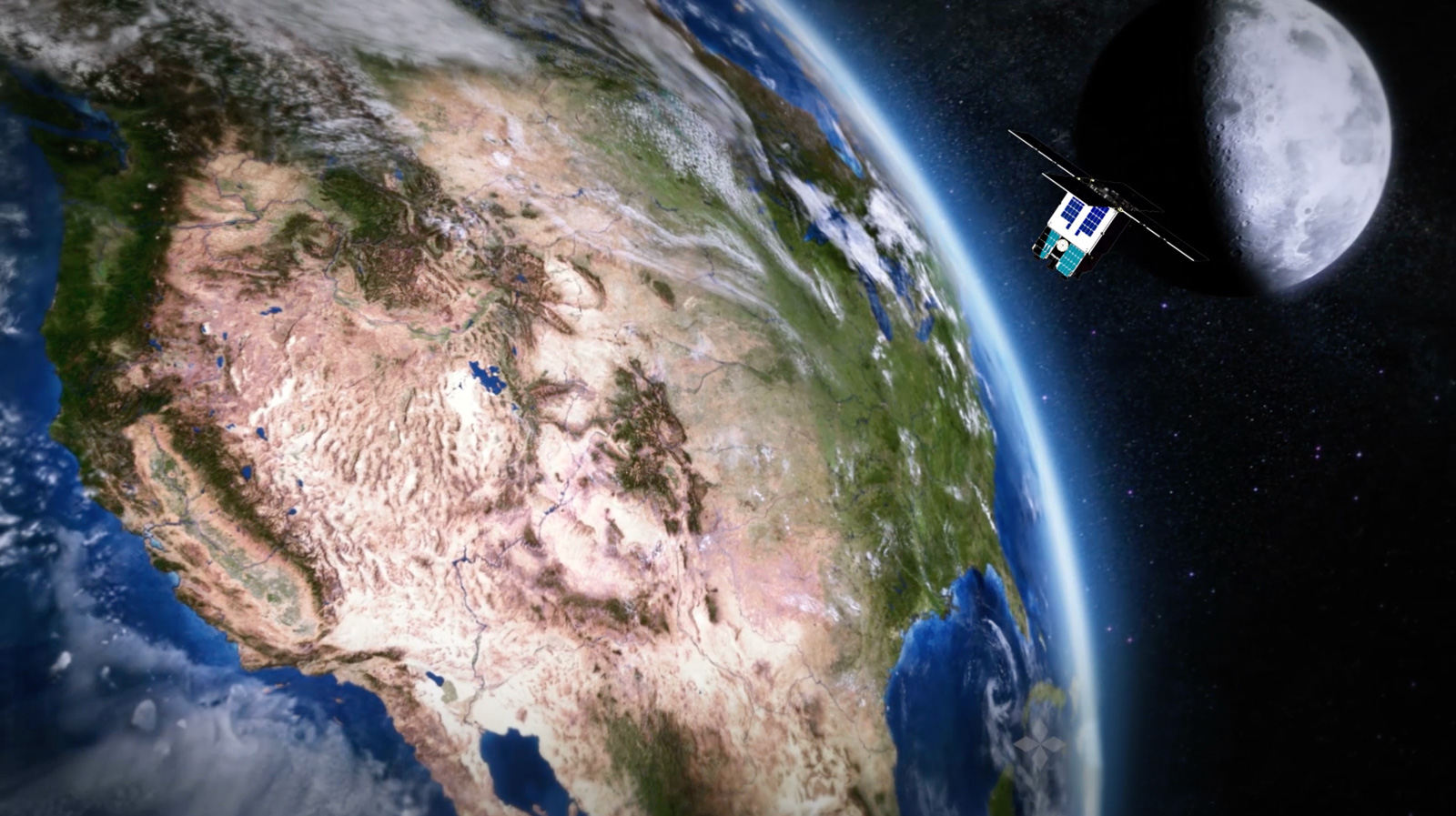
How do spacecraft know where they are? There’s no GPS out there. Right now, it involves sending a signal to the spacecraft which the spacecraft then sends right back to Earth. The elapsed time reveals the distance.
But on June 24th, that method could be replaced by something much more autonomous.
Continue reading “Deep Space Atomic Clocks Will Help Spacecraft Answer, with Incredible Precision, if They’re There Yet”Want to Find Aliens? The Largest Dataset in the History of SETI has Been Released to the Public
In 2016, Russian-Israeli billionaire Yuri Milner launched Breakthrough Initiatives, a massive non-profit organization dedicated to the search for extra-terrestrial intelligence (SETI). A key part of their efforts to find evidence of intelligent life is Breakthrough Listen, a $100 million program that is currently conducting a survey of one million of the nearest stars and the 100 nearest galaxies.
In keeping with their commitment to making the results of their surveys available to the public, the Listen team recently submitted two papers to leading astrophysical journals. These papers describe the analysis of Listen’s first three years of radio observations which resulted in a petabyte of radio and optical data, the single largest release of SETI data in the history of the field.
Continue reading “Want to Find Aliens? The Largest Dataset in the History of SETI has Been Released to the Public”Stunning Image Shows How Saturn’s Tiny Moon Sculpts the Planet’s Rings
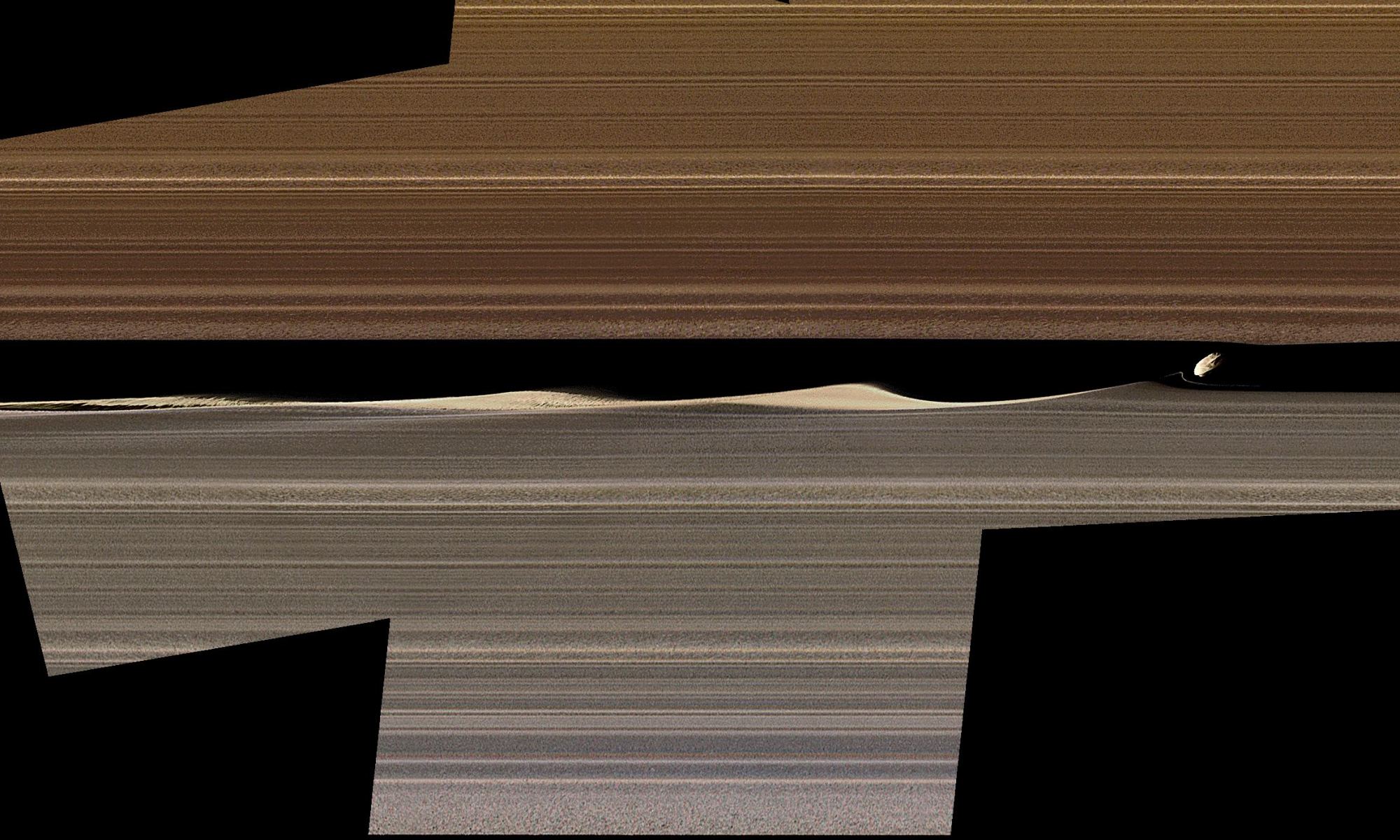
The Cassini mission to Saturn ended a year and a half ago, but scientific results are still coming from all of the data it collected. When Cassini moved in closer to Saturn in its final months, it took a very detailed look at the gas giant’s rings, travelling between them and the planet itself. That detailed inspection raised quite a few questions about all the interactions shaping those rings.
A new paper published in Science presents some of the results from Cassini’s close-up look at the rings.
Continue reading “Stunning Image Shows How Saturn’s Tiny Moon Sculpts the Planet’s Rings”

